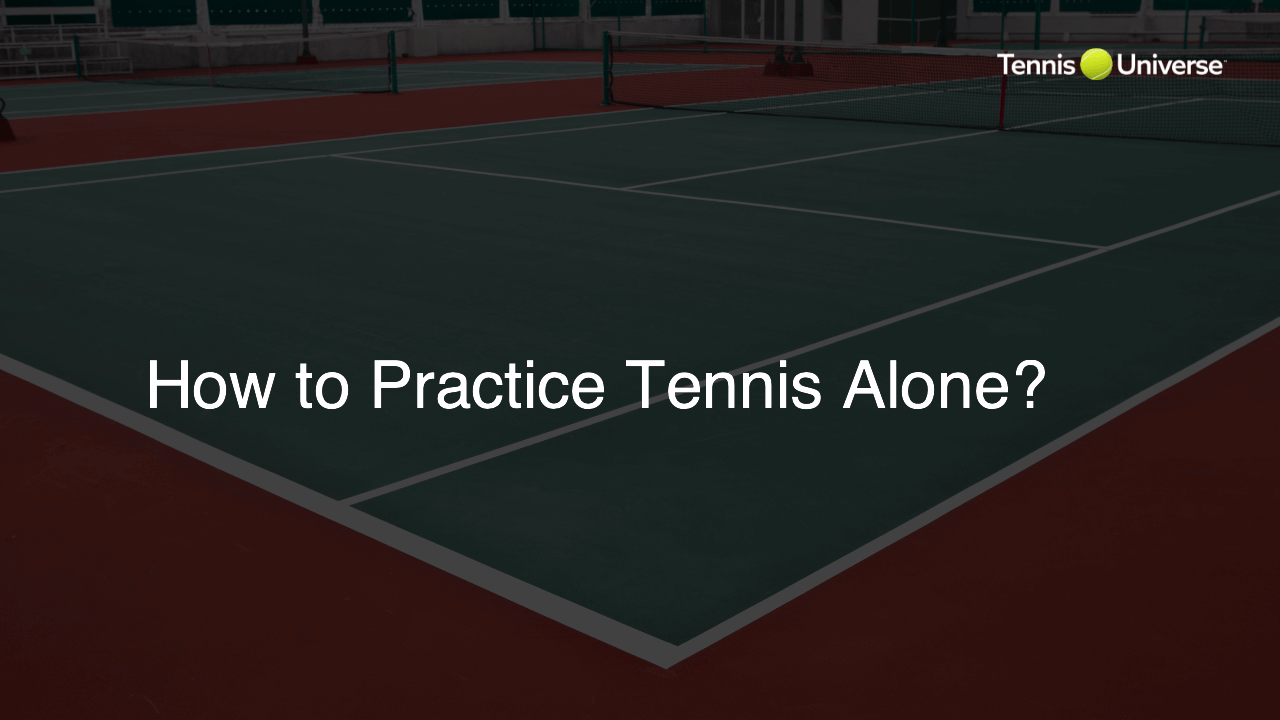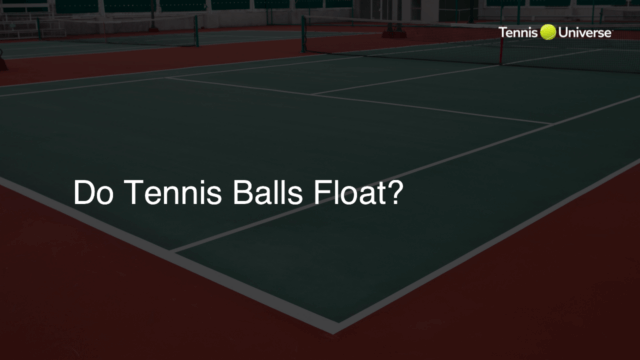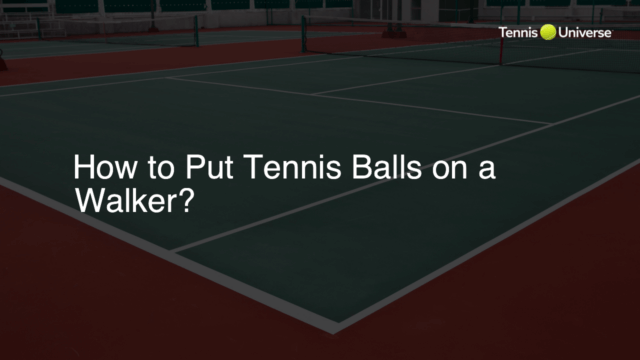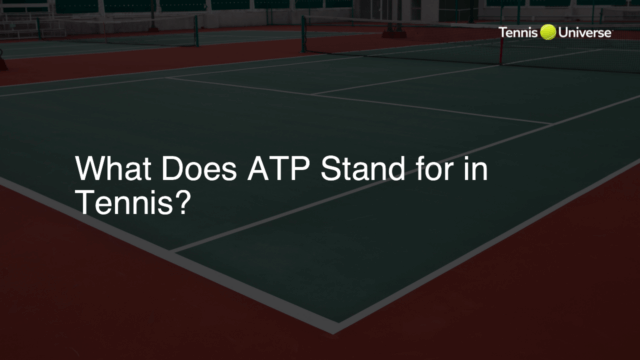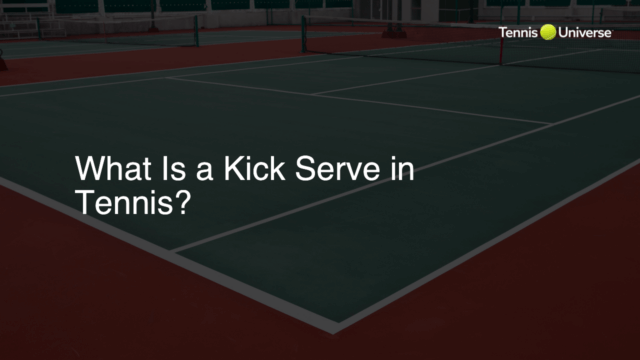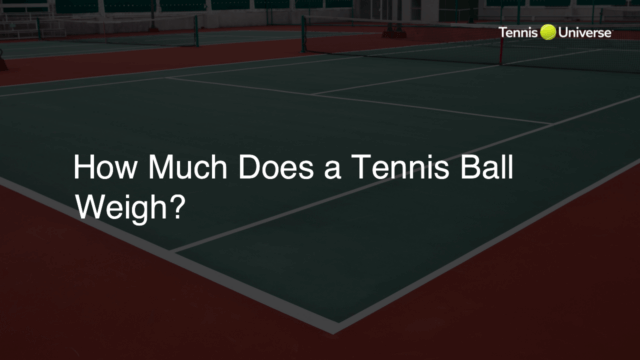To practice tennis alone, you can focus on areas like fitness, technique, and ball control. Utilize a wall or backboard for self-feeding drills, hitting forehands, backhands, and volleys. Incorporate shadow swings to improve your stroke mechanics, and use a ball machine for targeted practice. Don’t forget to work on footwork, agility, and endurance through running, plyometrics, and on-court movement drills.
Improving Fitness and Agility
Your overall fitness and agility play a crucial role in your tennis performance. By incorporating exercises that focus on strength, endurance, and flexibility, you’ll be able to optimize your game when practicing alone.
Cardiovascular Training
Running, cycling, or swimming are excellent ways to build endurance and maintain overall fitness. Aim for at least 3-4 sessions per week to keep your cardiovascular fitness at a good level.
Strength Training
Include strength training exercises like lunges, squats, pushups, and planks in your routine to develop the muscle groups used during tennis. Strengthening your core, legs, and upper body will improve your overall performance and reduce the risk of injury.
Flexibility
Regular stretching is essential in maintaining flexibility and preventing injury. Incorporate yoga and dynamic stretching exercises as part of your warm-up and cooldown routines.
Wall and Backboard Drills
Practicing against a wall or backboard is a highly effective way to work on your strokes when you’re alone. Because a hard surface generates a fast return, this type of practice will improve your reaction time and ball control.
Forehands and Backhands
Adjust your distance from the wall to practice different types of forehands and backhands. Focus on developing consistency in your swing, keying on factors like foot positioning, ball contact, and follow-through. Don’t forget to switch between neutral, defensive, and offensive stances for variety.
Volleys
For volley practice, move closer to the wall and work on your touch and control. Try hitting the ball at various heights and angles to simulate match play, making sure to maintain the correct grip on your tennis racket.
Shadow Swings and Ball Machine Practice
Shadow swings are an excellent way to work on your technique even without a ball. Visualize each shot’s desired outcome and go through the motions of your strokes, engraining good habits and maintaining fluidity in your movement.
Ball Machine Drills
If you have access to a ball machine, it’s an invaluable tool for sharpening specific aspects of your game. You can set the machine to deliver balls at various speeds, spins, and trajectories, helping you gain proficiency in each type of shot.
Enhancing Your Footwork
Strong footwork is essential for success on the tennis court, and it’s possible to practice and improve it on your own.
Ladder Drills and Cone Exercises
Use an agility ladder or cones to practice quick directional changes, side-to-side movement, and other essential footwork patterns. These exercises can be easily adapted to various skill levels and can help you gain explosiveness and balance on the court.
Developing Match-Like Situations
While the absence of a live opponent presents some limitations in solo practice, it’s still possible to create game-like situations to help train your mental fortitude and tactical thinking on the court.
Playing Imaginary Points
Visualize playing points against an imaginary opponent as you practice your shots. This can help you develop smart decision-making, anticipation, and problem-solving skills under different circumstances. Additionally, this mental exercise is an excellent way to reinforce good habits and focus in a match setting.
Serve Practice
Practicing your serve is an essential part of improving your tennis game. Work on your technique, placement, and consistency by targeting specific areas in the service box. Make sure to mix up your serves by incorporating flat, slice, and kick serves.
Tennis Tips for Dynamic Warm-Up and Cool-Down Routines
An efficient warm-up and cool-down routine is imperative to prepare your body for a tennis practice and prevent injuries. Incorporating dynamic exercises in your warm-up can improve your flexibility, coordination, and balance.
Dynamic Warm-Up
Begin your practice session with a short, light aerobic exercise like jogging, skipping, or jumping jacks for around 5 minutes. Proceed with dynamic stretches such as leg swings, hip circles, and high-knee marches. This warm-up will help ease your body into the physical demands of tennis and prime your muscles for performance.
Cool-Down
After your practice session, take the time to cool down and relax your muscles. This can involve low-intensity aerobic activity like walking, followed by static stretches for the major muscle groups used in tennis. Be sure to hold each stretch for at least 20-30 seconds and breathe slowly to encourage relaxation.
Tracking Your Progress
Consistently monitoring your performance and progress will keep you motivated and help you identify areas for improvement. Recording your practice sessions and analyzing the videos can be an excellent way to assess your technique, footwork, and overall gameplay.
Setting Goals
Establishing realistic goals and milestones will enable you to stay focused on continual improvement. Break down your objectives into smaller, actionable steps, and adjust your practice regimen accordingly. Having a clear set of targets will enhance your solo practice and drive you towards becoming a better tennis player.
FAQ Section
Here’s a list of frequently asked questions related to practicing tennis alone to help address any further queries you may have:
Can I improve my tennis skills without a partner or coach?
Yes, you can improve your tennis skills by focusing on your fitness, technique, and ball control during solo practice sessions. Utilizing tools like a wall or backboard, ball machine, and agility exercises will help you enhance your game even without a partner or coach.
How often should I practice tennis alone?
Practicing tennis alone should ideally be done as a supplement to your regular group or coached sessions. Aim to practice alone at least 2-3 times per week, focusing on areas that need improvement and maintaining overall fitness.
How can I work on my mental game while practicing alone?
During solo practice, engage in imaginary point play, and create match-like situations to develop decision-making, anticipation, and problem-solving skills. Setting goals, tracking your progress, and visualizing success can also help improve your mental game.
Can I practice my serve without a court?
You can work on aspects of your serve, such as your toss and service motion, without a court. However, to practice full serves with proper placement, access to a tennis court is necessary. Look for local courts or clubs with practice areas to accommodate your serve practice.
Are there any safety precautions I should take while practicing alone?
Always warm up properly with dynamic stretches and light aerobic exercises before practicing. Be sure to cool down with static stretches after your session. Work on one skill at a time to avoid overtaxing your muscles and progress gradually to prevent injury.

